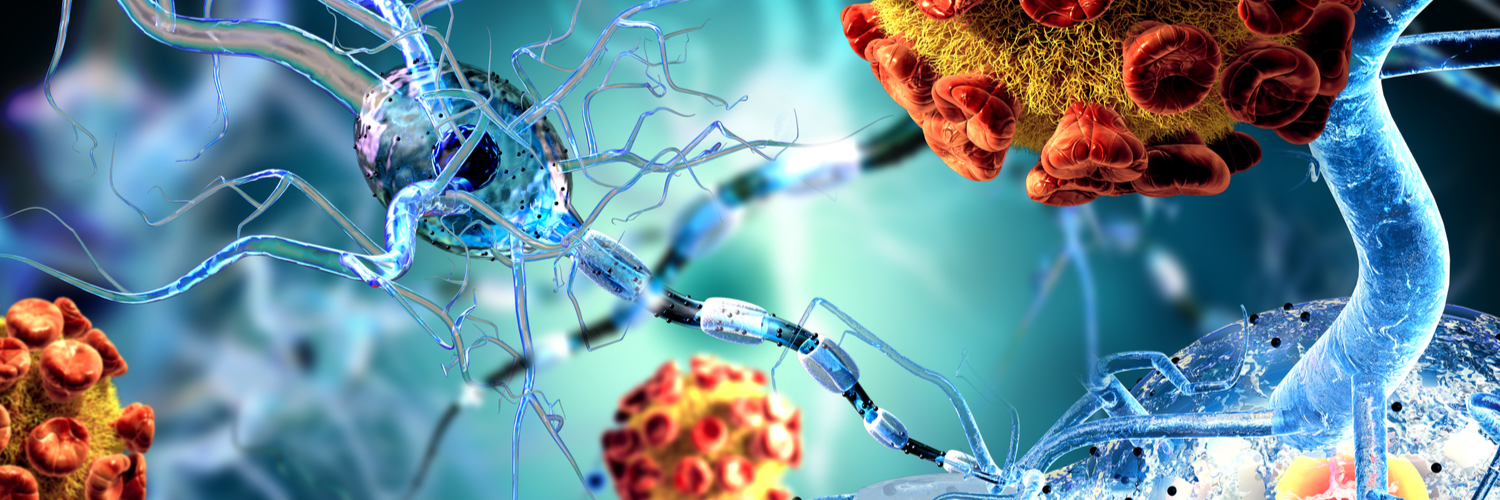Update on the impact of COVID-19 on EEG activity

Reports from Wuhan and Lombardy early in this pandemic indicated that COVID-19 has a significant impact on the brain. In the acute period of SARS-CoV-2 infection, 34.6 % patients were observed to have neurological symptoms including stroke, headache, and seizures. Basic science studies on mechanism of viral entry and vascular involvement have corroborated these observations and further characterized disease pathogenesis. Having herself become a COVID-19 “long hauler”, our Director of Scientific Affairs, physician scientist Dr. Dona Kim Murphey, has been engaged nationally in educating, organizing, and advocating on this issue, and public consciousness is growing that this disease may have acute and chronic neurological manifestations. As a reader of critical care EEG studies for CortiCare, Dr. Murphey also notes anecdotally that with the recrudescence of COVID in the United States this fall, last week eclipsing 100,000 new cases daily, there has been an escalation of critically ill patients with this disease on continuous EEG monitoring, exhibiting both epileptiform and non-epileptiform abnormalities.
Last month, a group published a review paper in Seizure on the abnormalities produced by COVID-19 on acute brain function as measured by EEG. This paper examined 84 original peer-reviewed papers and papers in pre-print to characterize EEG abnormalities in 617 patients. The median age included in the review was 61.3 years (33.3 % female).
EEG indications were most commonly:
- altered mental status (61.7 %)
- seizure-like events (31.2 %)
- post-cardiac arrest (3.5 %)
The findings were divided into three categories: background changes (diffuse or focal slowing, slow or absent posterior dominant rhythm, generalized attenuation / suppression, discontinuous or burst suppression pattern, lateralized asymmetry, decreased reactivity), periodic or rhythmic patterns, and definitive epileptiform abnormalities. An overwhelming majority of studies revealed diffuse slowing (68.2 %). Some also exhibited focal slowing (17 %), periodic discharges or rhythmic activity (generalized periodic discharges, 5.7 %, lateralized/multifocal periodic discharges, 3.9 %, generalized rhythmic activity, 5.2 %), and epileptiform changes (focal, 5.7 %, generalized, 4.4 %, seizures/status epilepticus, 5.5 %).

“EEG appears to be more sensitive in identifying encephalopathy related to COVID-19 than CT or MRI”
In 162 documented clinical neurological abnormalities, 36.6% had imaging findings on MRI, including small vessel disease, strokes, encephalomalacia, T2 hyperintensities. Importantly, EEG appears to be more sensitive in COVID-19 encephalopathy than CT or MRI. Furthermore, continuous EEG increased the capture of abnormalities from 85% to 97%, including 82.5% of the epileptiform discharges and 67.6% of seizures/status epilepticus (relative to routine or rapid response 8-channel EEG studies).
One provocative observation is that half of all status epilepticus originated in the frontal lobes. Other frontal changes were common (1/3 of abnormalities) on EEG and are thought to be related mechanistically to early neuroinvasive disease through the olfactory mucosa. While the EEG reader should be oriented to the prevalence of frontal findings in COVID-19, the majority of cases still do not exhibit these regional abnormalities. It is also possible that frontal findings actually reflect focal midline structural lesions involving the brainstem, diencephalon, or both. SARS-CoV-2 does actually invade neurons preferentially in these regions as well as in cerebral cortex (in the frontal lobes or otherwise).
As many hospitalized patients as well as unhospitalized patients with COVID-19 attest to neurological symptoms sometimes months after initial infection, it is helpful to understand that there may be EEG correlates that could change management (i.e. anti-seizure medications for interictal discharges).
Conclusion: EEG appears to be a useful modality in interrogating COVID-19 encephalopathy in the acute period but also for persistent or new neurological symptoms within the context of prior infection.
CortiCare provides remote continuous EEG monitoring and EEG reading services to hospitals nationwide. To find out more about how CortiCare can facilitate EEG monitoring of patients in Critical Care, click here
